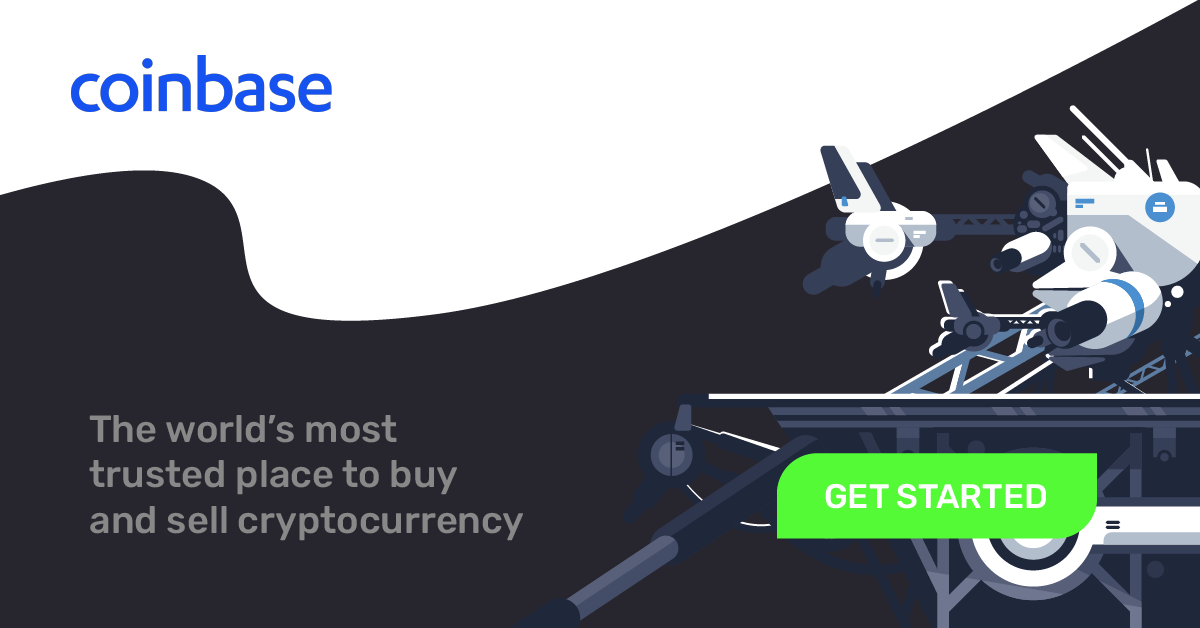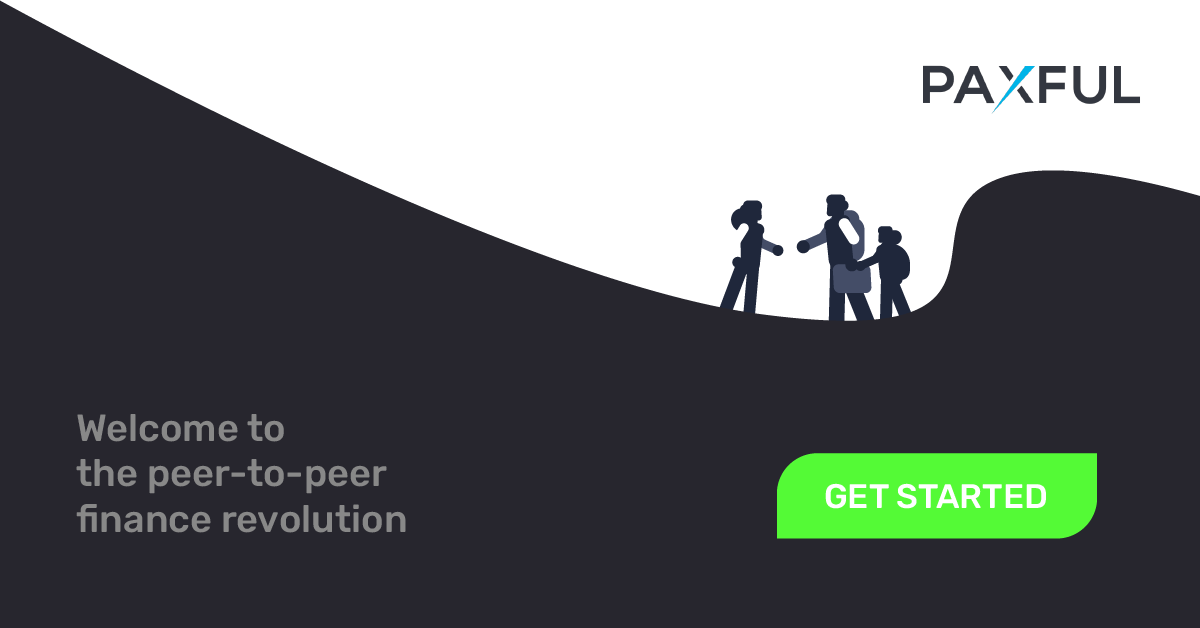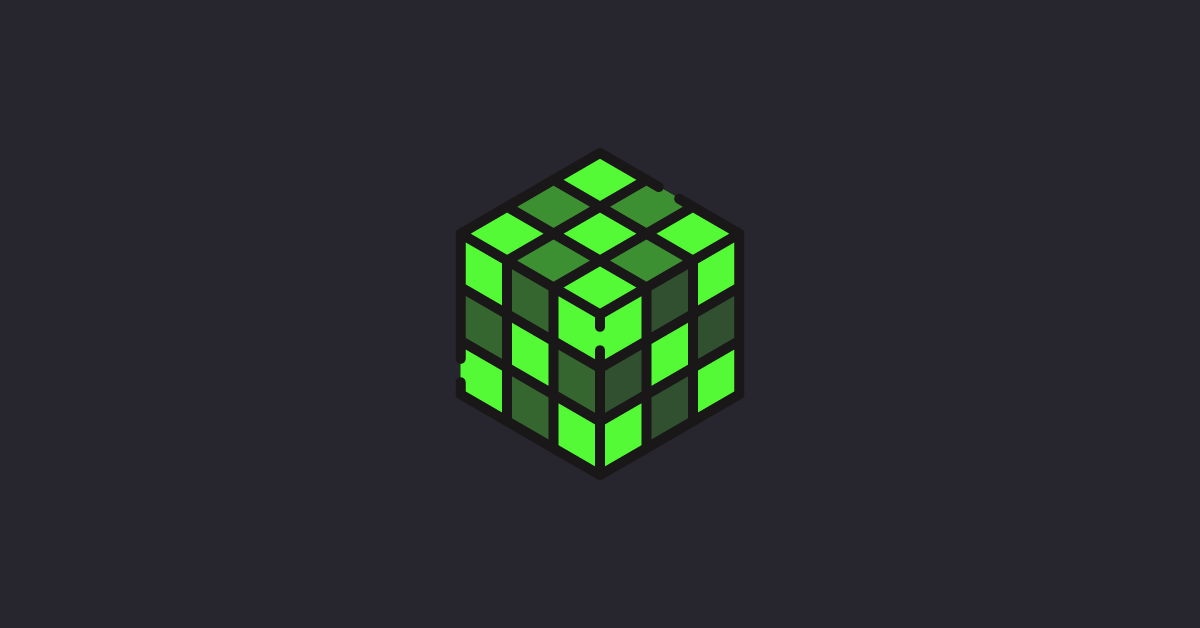

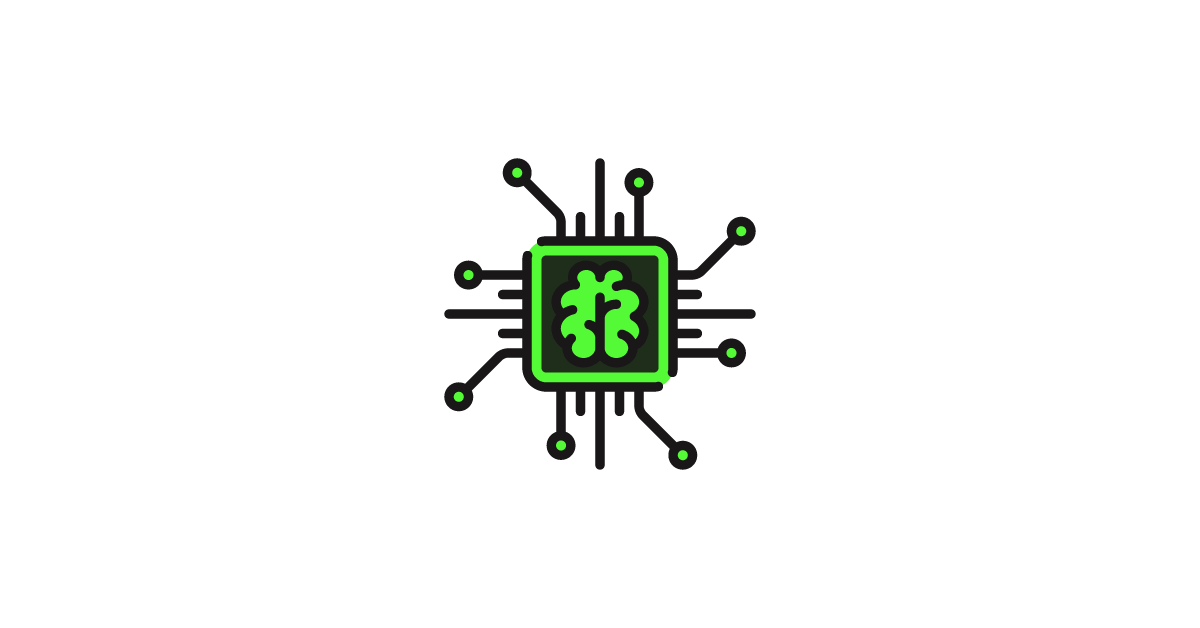
What Is Decentralized Finance (DeFi) And How Does It Differ From Traditional Finance?
- By Kriss
- Published on: July 19, 2021
It started with Bitcoin...
Bitcoin in many ways was the first DeFi application. Bitcoin lets you really own and control value and send it anywhere around the world. It does this by providing a way for a large number of people, who don’t trust each other, to agree on a ledger of accounts without the need for a trusted intermediary. Bitcoin is open to anyone and no one has the authority to change its rules. Bitcoin’s rules, like its scarcity and its openness, are written into the technology. It’s not like traditional finance where governments can print money which devalues your savings and companies can shut down markets.
What is DeFi?
Decentralized finance (DeFi) is an open and global financial system built for the internet age– an alternative to a system that’s opaque, tightly controlled, and held together by decades-old infrastructure and processes. It gives you control and visibility over your money. It gives you exposure to global markets and alternatives to your local currency or banking options. DeFi products open up financial services to anyone with an internet connection and they’re largely owned and maintained by their users. So far tens of billions of dollars worth of crypto has flowed through DeFi applications and it’s growing every day.
In DeFi, financial products and services are made available to anyone who has an internet connection and can use Ethereum. With DeFi, the markets are always open and there are no centralized authorities who can block payments or deny you access. Since services used to be operated by humans and subject to human error, they are now handled by code that can be inspected and scrutinized.
You can lend, borrow, long/short, earn interest, and more in the growing crypto economy. For example crypto-savvy Argentinians are using DeFi to escape crippling inflation. Companies are streaming their employees’ wages in real time. Many people have borrowed and repaid loan amounts worth millions of dollars without having to provide any personal identification.
DeFi vs traditional finance
One of the best ways to see the potential of DeFi is to understand the problems that we are dealing with today.
- Some people do not have access to set up a bank account or use financial services.
- Lack of access to financial services can prevent people from being employable.
- Financial services can block you from getting paid.
- A hidden charge of financial services is your personal data.
- Governments and centralized institutions can close down markets at will.
- Trading hours are often limited to business hours of specific time zone.
- Money transfers can take days due to internal human processes.
- There’s a premium to financial services because intermediary institutions need their cut.
A comparison
| Decentralized Finance | Traditional Finance |
| You hold your money | Your money is held by other companies |
| You have a control over your money | You have to trust companies not to mismanage your money, not to lend to risky borrowers |
| Money transfers are made in minutes | Payments may take up to days due to manual processes |
| Transaction activity is pseudonymous | You must apply to use financial services |
| Markets are open 24/7 | Markets may be closed, because employees need breaks from work |
| It’s built on transparency – anyone can look at a product’s data and inspect how the system works | Financial institutions are closed books: you can’t ask to see their loan history, a record of their managed assets, and so on |
- Share via

Kiara Sofia Smith
My current focus is blockchain technology and cryptocurrency. One could even call me a blockchain “enthusiast.” I have worked for almost a decade on several financial projects related to the stock market news, fundamental research and technical analysis for several blogs.
Recent Posts

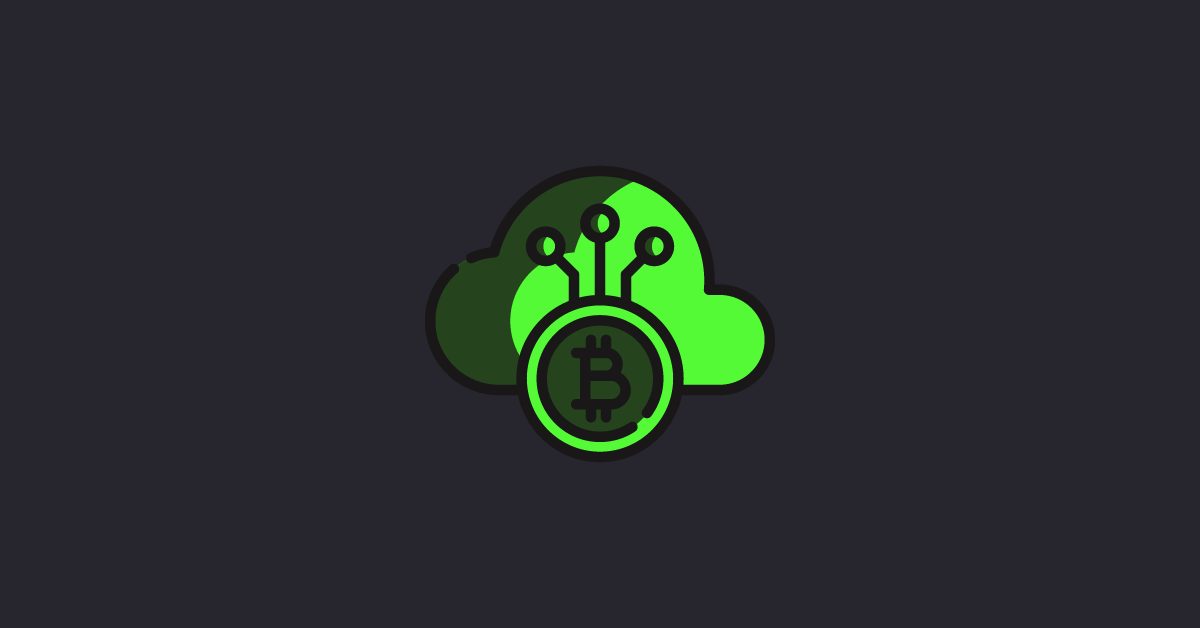
These Major Companies Accept Bitcoin as Payment

What You Should Know About These Three Types of Transaction Fees With Cryptocurrency?
About Us
We are friendly cryptocurrency community and our mission is to give the latest info access to the people.

